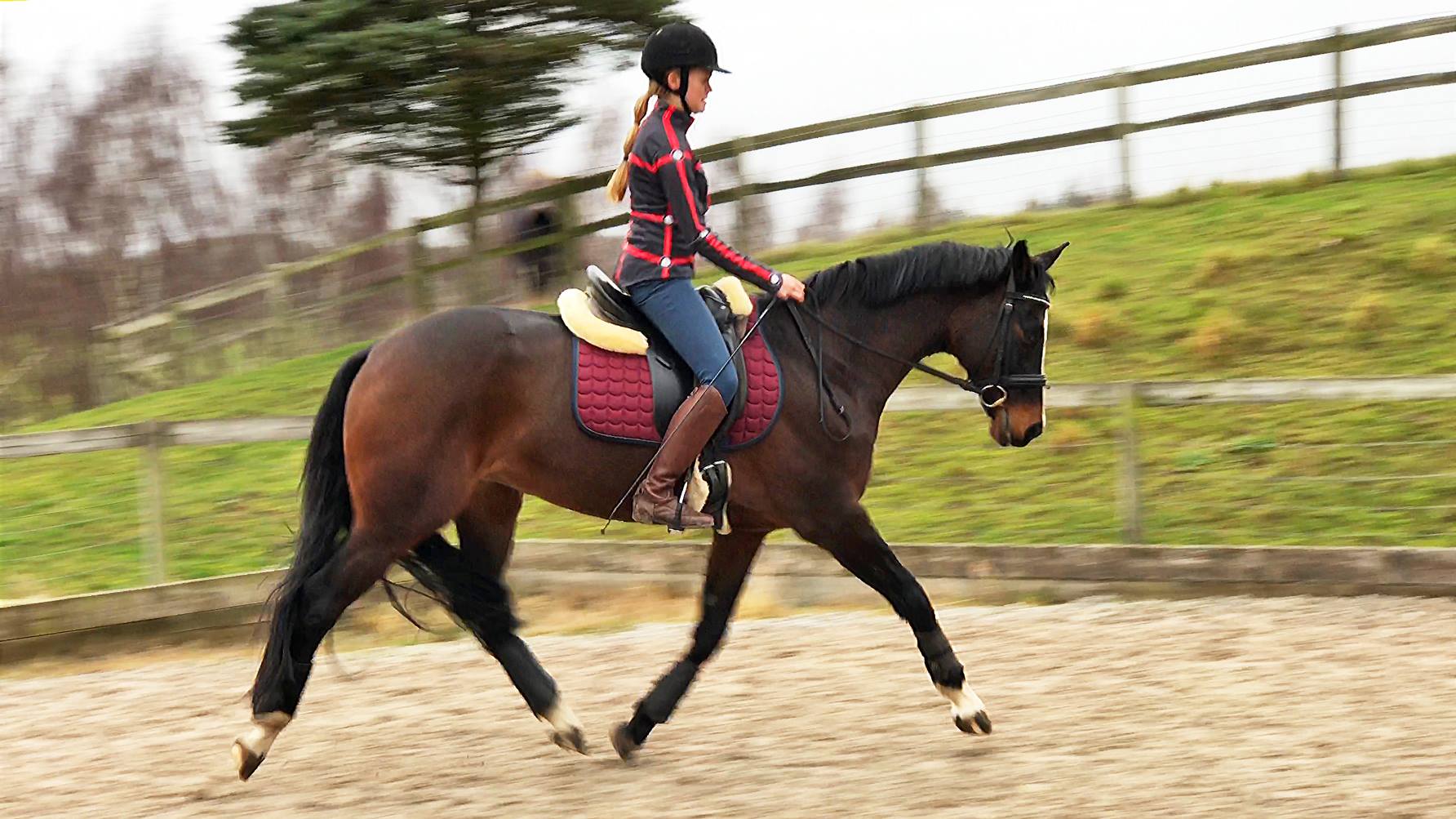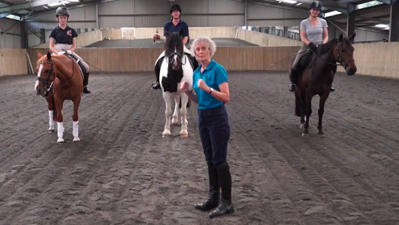
INTRODUCTION TO AIDS
November 9, 2015THE BIGGEST MISTAKE
November 9, 2015THE JUDGE'S COMMENTS AND THEIR MEANINGS

THE JUDGE'S DIRECTIVES
The judges directives are what appears to the right of the mark on test sheets, at least those provided by British dressage. These are very useful reminders for the judge as to what they should be looking for in a particular movement. Let me give you some examples:
Change rein in medium trot. The directives for this movement could be quality of trot, regularity, tempo. Ground cover. Lengthening of frame.
Change rein in a free walk on a long rein. The directives for this movement could be regularity, purpose, stretching forwards and down, ground cover, suppleness of whole body.
Next time you get your sheet study these directives and if you have videoed your test apply them to yourself as if you were the judge. It may help you develop a greater understanding as to the requirements of the movement.
Change rein in medium trot. The directives for this movement could be quality of trot, regularity, tempo. Ground cover. Lengthening of frame.
Change rein in a free walk on a long rein. The directives for this movement could be regularity, purpose, stretching forwards and down, ground cover, suppleness of whole body.
Next time you get your sheet study these directives and if you have videoed your test apply them to yourself as if you were the judge. It may help you develop a greater understanding as to the requirements of the movement.
JUDGE'S COMMENTS
As judges we are there to observe and make comments and not there to deliver lessons. Certainly in the time available and in the space available it's difficult to impart meaningful advice. In its place we restrict ourselves to comments which relate to the directives and the requirements of the movements.
Here are some typical comments (more available Master Dressage 2nd Edition )
Needs more suppleness – this could mean you need to demonstrate more suppleness by improving your accuracy or fluidity. It could also mean that the horse is not yet supple enough for the movement being asked of it, perhaps the horse does not smoothly change bend, or perhaps does not show enough bend.
Inconsistent to contact – this could mean several things. It could mean that your horse does not maintain his head carriage steady, or that he is moving his head around playing with the contact, for instance a horse that flicks its head forward and back. Of all the different ways a horse could be inconsistent to the contact, they all mean one basic thing; that the horse has not yet learn to reach toward the contact over his back and over his neck in a consistent way.
Against hand – this normally occurs in downward transitions, but can be seen in upward transitions. It could mean the horse is throwing his head against the hand upwards, or that the horse is leaning against the riders hand.
Lacking/Losing Rhythm – this is used when referring to a changing tempo, and also when the rhythm of the pace is breaking up. For instance if the walk becomes tense, or the horse begins anticipating canter. Some judges are more discerning and use the words tempo/rhythm more correctly.
Here are some typical comments (more available Master Dressage 2nd Edition )
Needs more suppleness – this could mean you need to demonstrate more suppleness by improving your accuracy or fluidity. It could also mean that the horse is not yet supple enough for the movement being asked of it, perhaps the horse does not smoothly change bend, or perhaps does not show enough bend.
Inconsistent to contact – this could mean several things. It could mean that your horse does not maintain his head carriage steady, or that he is moving his head around playing with the contact, for instance a horse that flicks its head forward and back. Of all the different ways a horse could be inconsistent to the contact, they all mean one basic thing; that the horse has not yet learn to reach toward the contact over his back and over his neck in a consistent way.
Against hand – this normally occurs in downward transitions, but can be seen in upward transitions. It could mean the horse is throwing his head against the hand upwards, or that the horse is leaning against the riders hand.
Lacking/Losing Rhythm – this is used when referring to a changing tempo, and also when the rhythm of the pace is breaking up. For instance if the walk becomes tense, or the horse begins anticipating canter. Some judges are more discerning and use the words tempo/rhythm more correctly.

